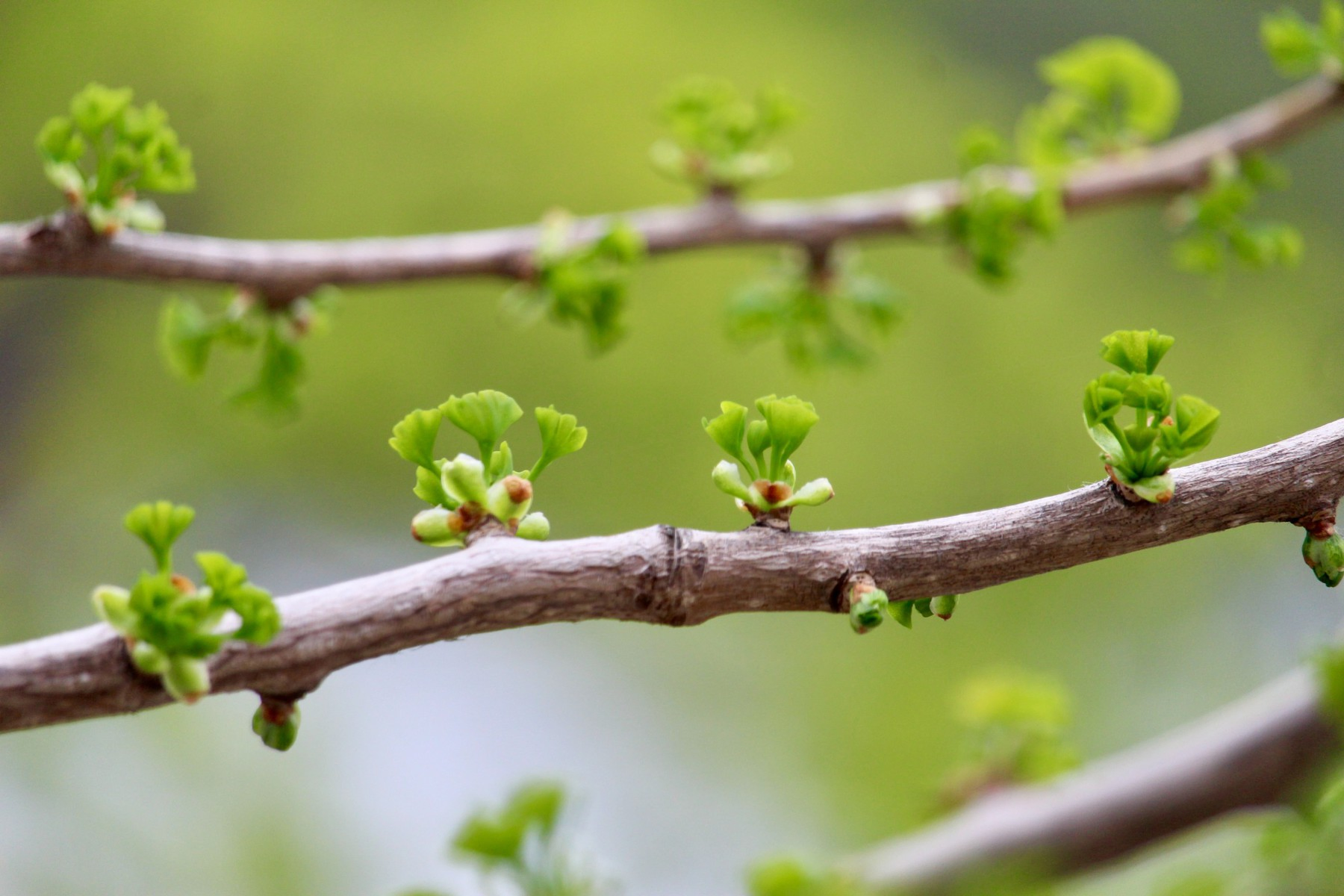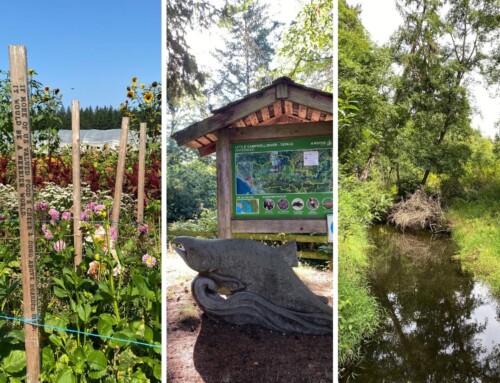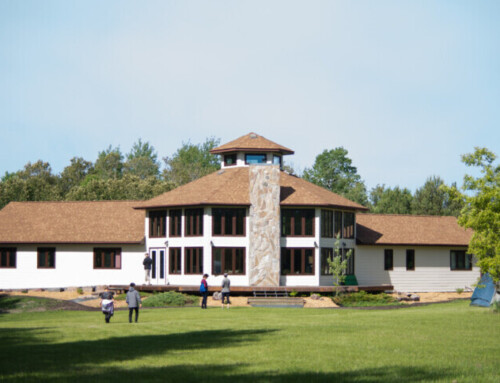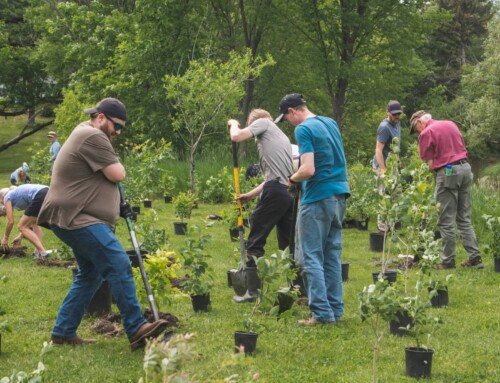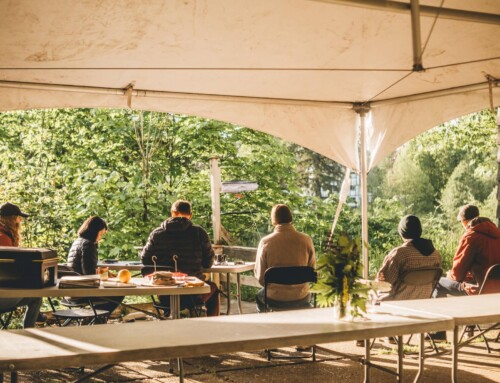
This weekend is Easter Weekend, and I have been thinking about death and resurrection and what it means for us right now in this sad and uncertain time. Before covid-19 arose, with its quarantines, sickness and social distancing, I took a book out of the library called Active Hope: How to Face the Mess We’re in without Going Crazy, written by Joanna Macy and Chris Johnstone. I was looking for a resource to address the overwhelming feelings that arise when I think about how to live in a world facing a crisis: the climate crisis.
Folks have been writing and thinking about how to live in times of crisis for decades, and I’ve discovered we can learn many things from these writers and thinkers that apply to both caring for creation and the situation we find ourselves in now.
“Active Hope,” write Macy and Johnstone, “is a practice. Like tai chi or gardening, it is something we do rather than have. It is a process we can apply to any situation, and it involves three key steps. First we take a clear view of reality; second, we identify what we hope for in terms of the direction we’d like things to move in or the values we’d like to see expressed; and third, we take steps to move ourselves or our situation in that direction.”*
Macy and Johnstone offer us some helpful ways to practise active hope. I will suggest two that I find particularly helpful right now.
- Gratitude: Becoming aware of gratitude can lead to increased happiness, trust and security. It can help us act in ways that are beneficial to others and the earth. Try thinking of something you can be thankful for each day.
“Try this: Thanking What Supports You to Live
Next time you see a tree or plant, take a moment to express thanks. With each breath you take in, experience gratitude for the oxygen that would simply not be there save for the magnificent work plants have done in transforming our atmosphere and making it breathable…. Without plants and all they do for us, we would not be alive today. Consider how you would like to express your thanks.”*
- Honoring our Pain: Experiencing pain, outrage, grief, guilt, and/or despair when faced with a world in trauma is a normal and healthy response, and many people feel this way. Acknowledging what and how we feel is an important step in being able to move forward with hope.
“Try This: Drawing out your Concerns
Take a blank piece of paper and some coloured pens. Scribble, doodle, or draw any images to represent concerns you have and the feelings that accompany them.”*
The steps to active hope can apply to any situation, even ones that feel overwhelming. I see these steps being lived out at A Rocha in our work to care for creation. We regularly grapple with the reality that the earth is suffering, species are going extinct, and that humans are a major cause of this suffering. However, we have faith in a God who is working to restore and reconcile all creation, and we believe in a future where that vision of a fully restored creation is a reality. This hope, which is the hope and promise of the resurrection, leads us to our work in conservation, environmental education and sustainable agriculture. We are actively working towards that restored future, even in the midst of a situation that seems dire in the current moment.
Starting this Easter weekend what are some ways that you can practise active resurrection hope? Tag us on social media @arochacanada and @arochamanitoba with your ideas!
*Quotes from: Active Hope: How to Face the Mess We’re in without Going Crazy by Joanna Macy and Chris Johnstone, 2012
Written by Zoe Matties, Manitoba Program Manager


